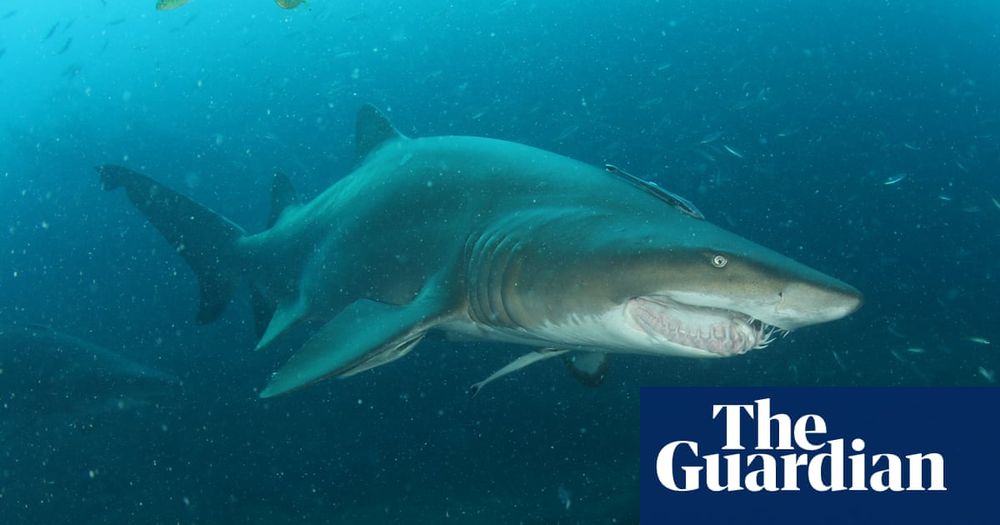
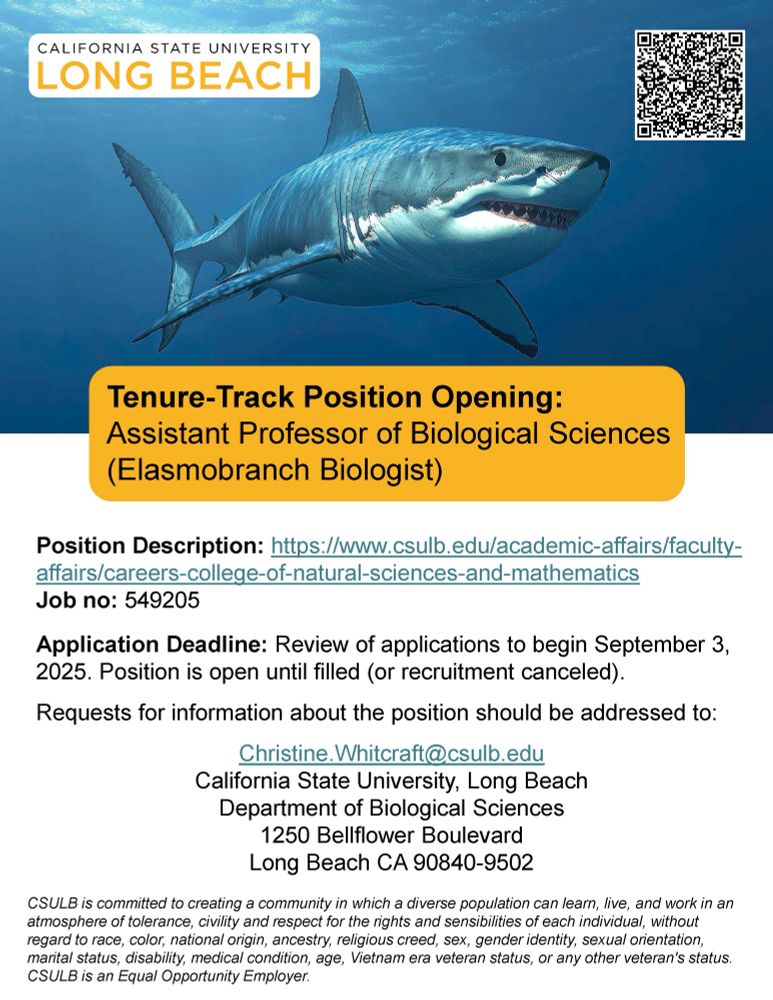
Here we show that both natural and artificial seafloor structures influence the movement and habitat connectivity of Whale Sharks across seascapes 🦈
🔗: tinyurl.com/ca9pzycv
🧵(1/4)
@uwaoceans.bsky.social
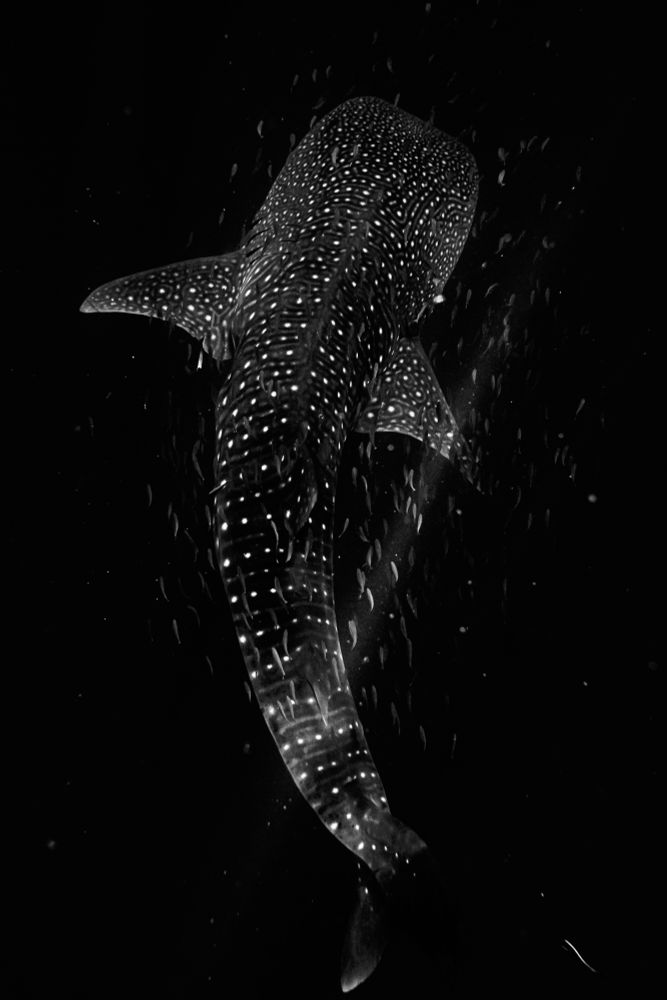
Here we show that both natural and artificial seafloor structures influence the movement and habitat connectivity of Whale Sharks across seascapes 🦈
🔗: tinyurl.com/ca9pzycv
🧵(1/4)
@uwaoceans.bsky.social
onlinelibrary.wiley.com/doi/10.1111/...
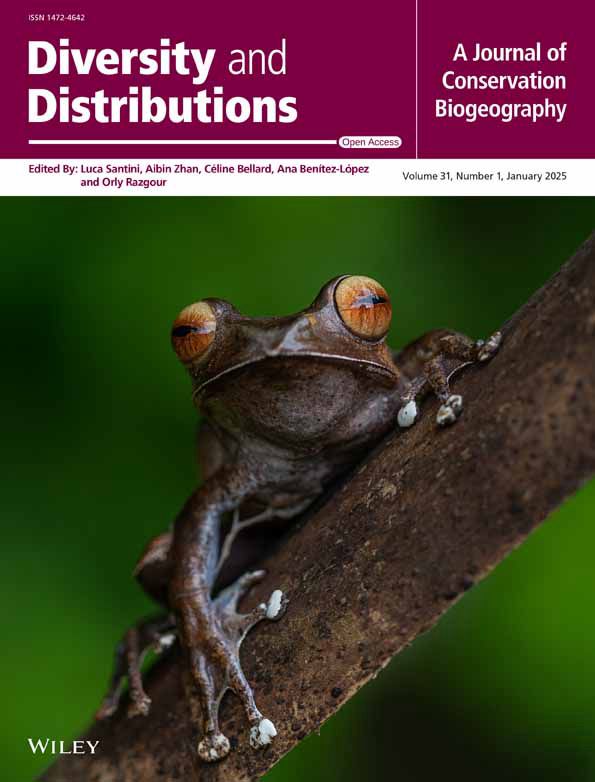
onlinelibrary.wiley.com/doi/10.1111/...
www.sciencedirect.com/science/arti...
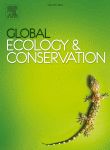
www.sciencedirect.com/science/arti...


